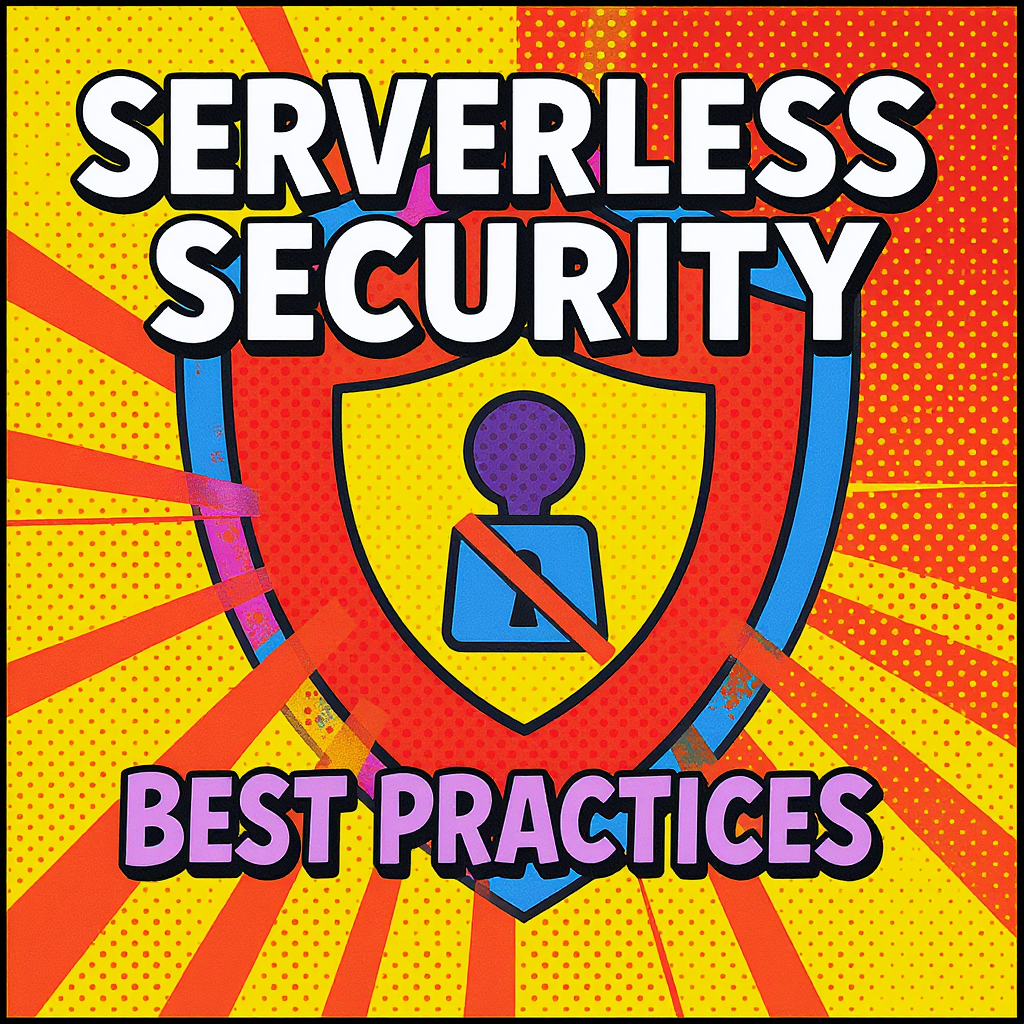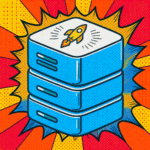The rise of serverless architectures offers significant advantages in terms of scalability, cost-efficiency, and development speed. However, this shift also introduces a new set of security challenges. The distributed nature of serverless functions, the shared responsibility model with cloud providers, and the reliance on third-party services all contribute to a more complex security landscape. This article will explore key security best practices for serverless applications, focusing on securing the function code, managing identities and access, implementing robust monitoring and logging, and understanding the shared responsibility model with cloud providers. We will delve into practical strategies to mitigate common vulnerabilities and build secure, resilient serverless systems, ultimately enhancing the overall security posture of your applications.
Securing Your Function Code
The foundation of serverless security lies in the security of your function code itself. Vulnerable code can easily expose your application to attacks. Employing secure coding practices is paramount. This includes using libraries and dependencies from trusted sources, regularly updating them to patch vulnerabilities, and implementing input validation to prevent injection attacks such as SQL injection and cross-site scripting (XSS). Static and dynamic application security testing (SAST and DAST) should be integrated into your development pipeline to identify vulnerabilities early on. Furthermore, consider using code signing to verify the integrity and authenticity of your functions. Regular security audits and penetration testing are crucial to proactively identify and address potential weaknesses.
Identity and Access Management (IAM)
Effectively managing identities and access is crucial for limiting the potential impact of security breaches. Leverage fine-grained access control mechanisms provided by your cloud provider. Instead of granting broad permissions, implement the principle of least privilege, granting only the necessary permissions to each function and user. Regularly review and revoke unnecessary access rights. Consider using service accounts for your functions, limiting their permissions to only what’s required for their operation. Employ multi-factor authentication (MFA) wherever possible to enhance security. IAM best practices help in creating a controlled environment where only authorized entities can access and interact with your serverless functions.
Monitoring and Logging
Comprehensive monitoring and logging are essential for detecting and responding to security incidents. Utilize your cloud provider’s monitoring and logging services to track function executions, errors, and security-related events. Configure detailed logs that include relevant metadata such as timestamps, IP addresses, and user identities. Implement alerting mechanisms to proactively notify you of suspicious activities, such as unusually high error rates or unauthorized access attempts. These logs are crucial for forensic analysis in case of a security breach, helping to identify the root cause and implement necessary mitigation strategies. Centralized log management and security information and event management (SIEM) systems can help you correlate events across your entire infrastructure for better threat detection.
Shared Responsibility Model
Understanding the shared responsibility model between you and your cloud provider is crucial. While the cloud provider is responsible for the security *of* the cloud (infrastructure), you are responsible for security *in* the cloud (your applications and data). This includes securing your function code, managing identities, and implementing security best practices. Clearly defining responsibilities and establishing a strong communication channel with your cloud provider can help avoid misunderstandings and ensure a secure environment. Regularly review your cloud provider’s security documentation and best practices to stay informed about potential threats and vulnerabilities.
| Security Aspect | Best Practice |
|---|---|
| Function Code | Secure coding practices, SAST/DAST, code signing |
| IAM | Least privilege, MFA, service accounts |
| Monitoring & Logging | Detailed logs, alerting, SIEM integration |
| Shared Responsibility | Understand the model, collaborate with provider |
In conclusion, securing serverless applications requires a multi-faceted approach encompassing secure code practices, robust identity and access management, comprehensive monitoring and logging, and a clear understanding of the shared responsibility model. Implementing the strategies discussed—secure coding, granular IAM controls, comprehensive logging, and a firm grasp of shared responsibility—is critical for building resilient serverless applications. By proactively addressing security concerns throughout the development lifecycle, you can significantly reduce the risk of security breaches and ensure the long-term safety and reliability of your serverless systems. Remember that security is an ongoing process requiring continuous monitoring, adaptation, and improvement in response to evolving threats and vulnerabilities.
References:
AWS Serverless Security Best Practices
Google Cloud Serverless Security
Azure Serverless Security Considerations
Image By: Black Forest Labs






